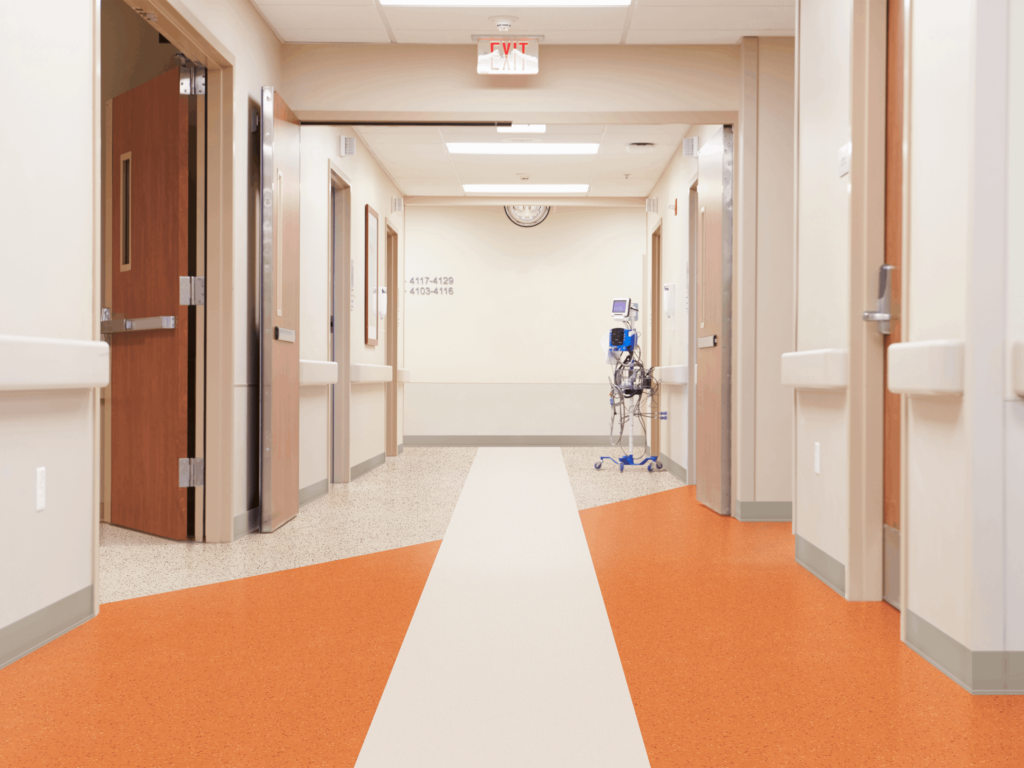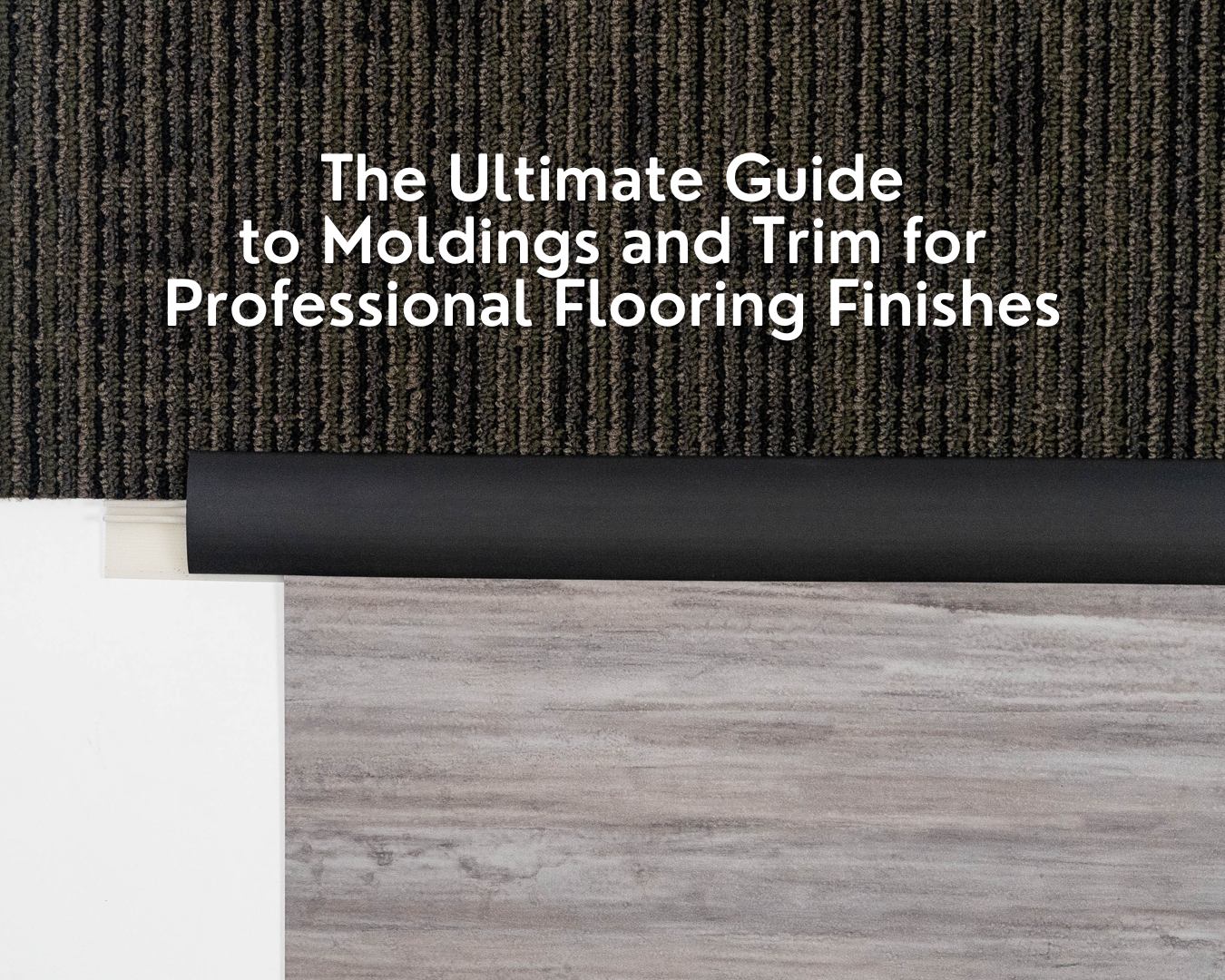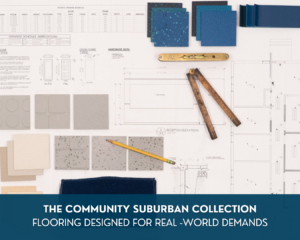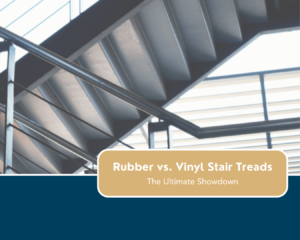A great floor isn’t just about the surface—it’s about how it all comes together. And let’s be honest, nothing kills a beautiful install faster than unfinished edges or awkward transitions. That’s where flooring moldings and trim step in.
These finishing touches don’t just improve the look of a space—they protect flooring from damage, create seamless transitions, and help with long-term durability. But not all trim is created equal. From subtle transitions to bold design statements, the right moldings do more than finish a floor—they define the space. Whether you’re tackling a high-traffic commercial project or refining a sleek office interior, knowing which trim to use (and where) makes all the difference. Because the right trim and molding aren’t just add-ons—they’re game changers. Let’s dive deeper into the subject.
What is the Trim Around the Floor Called?
Most builders and designers call the trim around the floor baseboard molding or simply baseboards. It runs along the bottom of the walls to cover gaps where the flooring meets the wall, giving the space a clean, finished appearance.
For commercial spaces that need added durability, moisture resistance, and easy cleaning, options like Suburban Vinyl and Rubber Wall Base along with Finishing Touch Sculptured Base are ideal. Installers can add Quarter Round & Shoe Molding for additional coverage.
These are especially common in healthcare, education, and hospitality environments where cleanliness and maintenance are top priorities.

Types of Flooring Moldings and Trim
Reducers: The Fix for Uneven Flooring Heights
Ever had that awkward height difference between two flooring materials? Reducers help smooth that out, creating a sloped transition instead of a harsh step. Builders commonly use them between thick materials like hardwood or luxury vinyl tile (LVT) and thinner surfaces like sheet vinyl or polished concrete.
A great option for achieving smooth transitions in commercial flooring projects is Suburban Transitional Moldings, which includes reducers and transition strips to help create a polished look while keeping spaces safe and accessible.
For more insights on how trim and moldings enhance flooring projects, check out our guide to Trim and Molding Solutions. Together, these resources cover everything you need to create seamless, professional flooring finishes
What is the Floor Trim Between Rooms Called?
The trim around the floor is usually called baseboard molding, or T-Molding . It runs along the bottom of the walls to cover gaps where the flooring meets the wall, giving the space a clean, finished appearance.
For commercial spaces that need added durability, moisture resistance, and easy cleaning, options like
Suburban Joining and Track accessories are a Two-Part system that bridges flooring of various heights together. This consist of a T-Molding finish piece and Track. The Track gets installed on the Floor and the T-Molding piece snaps in. The T-Molding can easily be replaced with a new piece or different color.
Cove Sticks: The Secret to Smooth Floor-to-Wall Transitions
In commercial spaces where hygiene and easy maintenance are key—think hospitals, restaurants, or labs—Cove Sticks are used to create a Cove where floor coverings continue up a wall. It provides a smooth angle under the flooring covering while providing a seamless corner. This is usually used with Cove Caps to finish off the floor covering.
Trim vs. Floor Molding: What’s the Difference?

While people often use “trim” and “molding” interchangeably, there is a slight difference: Trim is a broad term that includes all types of finishing pieces—around floors, doors, and windows. Floor Molding specifically refers to pieces designed for flooring transitions, like baseboards, reducers, or T-moldings.
So while all floor molding is trim, not all trim is floor molding.
How to Choose the Right Trim for Your Flooring
Match Functionality with Flooring Type
Different trims work better for different materials. LVT and hardwood often need reducers and end caps, while rubber or vinyl installations benefit from cove base molding for a watertight seal.
Keep Transitions Smooth
Seamless transitions make a big difference in how professional a space feels. Suburban Finishing Accessories provide a variety of options to help prevent trip hazards and create smooth, professional transitions.
Consider Durability and Maintenance
For commercial settings, trim needs to handle heavy foot traffic, moisture, and cleaning. Suburban Rubber Molded Wall Base is designed for long-lasting performance in high-use areas, ensuring floors and walls stay protected.
Moldings and Trim Installation Tips for a Flawless Finish
Measure Twice, Cut Once
Precision matters when cutting trim. A bad cut can ruin the entire look.
Use the Right Adhesives
Make sure you’re securing trim properly to prevent gaps or shifting over time.
Match the Finish
Trims should blend naturally with the flooring to maintain a clean, cohesive appearance.
Perfect Your Flooring Project with the Right Accessories
The right moldings and trim don’t just complete the look—they protect your investment, improve functionality, and create a polished, professional finish. By choosing the right reducers, end caps, and transition pieces, you ensure a seamless experience for everyone who walks through the space.
Looking for Expert-Approved Trim Solutions? Explore our full range of professional trim and molding solutions here. Let’s make those transitions flawless.





